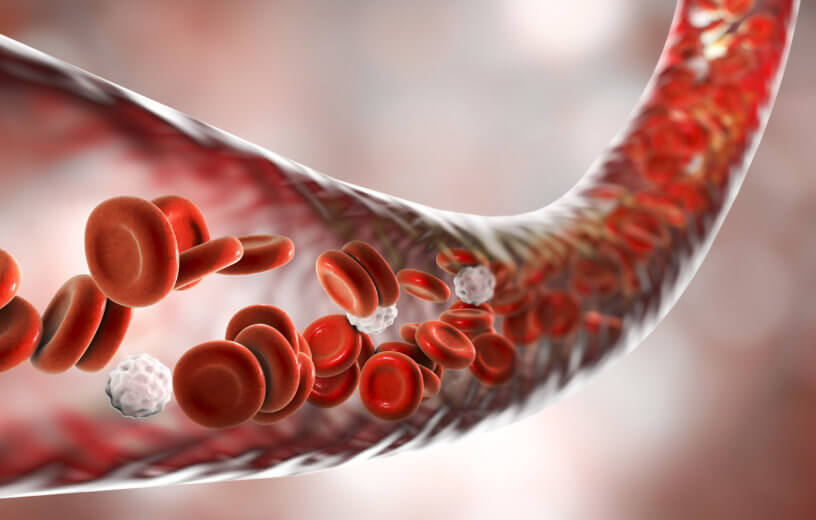EVANSTON, Ill. — Scientists from Northwestern University have discovered a non-invasive way of getting rid of cancerous tumors. Their research reveals a way to use a person’s own blood to isolate a tumor’s attack cells. The technique builds upon an emerging technique in cancer treatment called adoptive cell therapy. This therapy uses immune cells from a person’s tumor and has helped with treating advanced melanoma.
Based on the current study findings, adoptive cell therapy can help with targeting and destroying other hard-to-reach tumors. It would also give patients an alternative to the harsh options of radiation and chemotherapy.
“We started asking questions about whether the immune cells that go into tumors come back out, and if you could find them in the bloodstream,” says study author Shana O. Kelley, a researcher at Northwestern University, in a media release. “We didn’t know if we’d be able to find them or if we could see enough of them to even study them. Sure enough, they’re in the blood. This is the first time these cells have been studied in this context.”
Previous research from the team took immune cells from mice and used them to dramatically shrink their tumors. The new method works by isolating and multiplying tumor-infiltrating lymphocytes that would fight the tumor. This process sorted, harvested, and recovered 400 percent more cells than other approaches, making the anti-cancer response even stronger.

Tumor-infiltrating cells have been found in melanoma tumors. However, removing tumors to harvest these cells can be risky to patients, leaving limited options for adoptive cell therapy for other cancerous tumors that are more difficult to remove. The idea for the current study arose when scientists considered the possibility of tumor-infiltrating lymphocytes existing in other places in the body. The answer was yes and no.
They did find TIL-like lymphocytes called circulating tumor-reactive lymphocytes in animal blood but it was unclear whether these types work just as well at destroying tumor cells. The new findings showed it worked.
Circulating tumor-reactive lymphocytes fought off tumor cells by engaging them in direct “hand-to-hand” combat. They not only worked on melanoma models but also on models simulating colon, lung, and breast cancer.
“Engineering-based tools allow you to do things that open up new areas of biology,” says Kelley. “We could see using the platform at any major medical center, so you could reach a significant number of patients. The platform we use to capture cells is very fast, which brings the cost down, and medical centers are comfortable handling blood.”
The study is published in Nature Biomedical Engineering.

